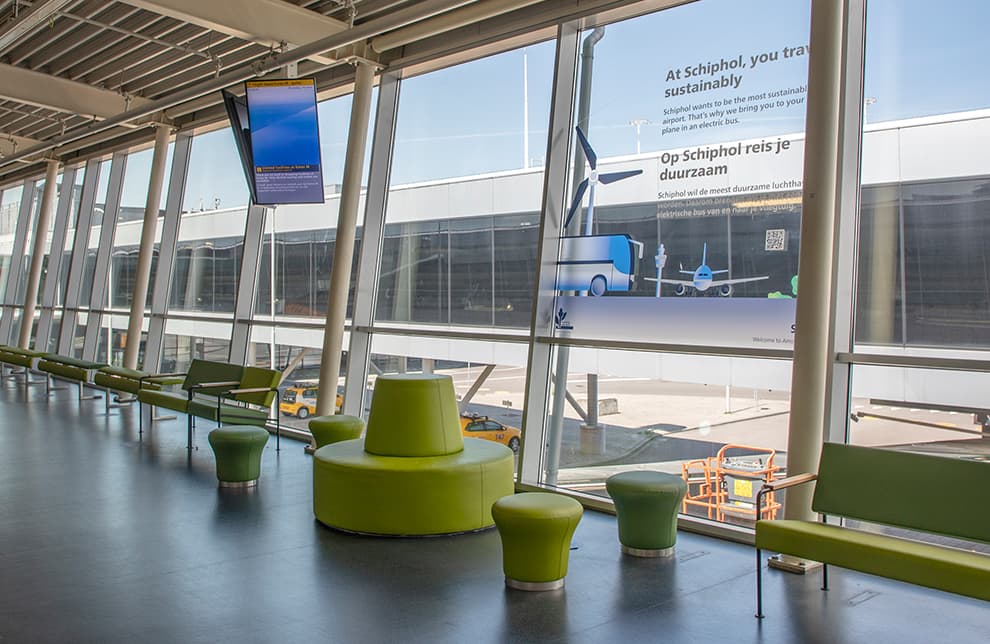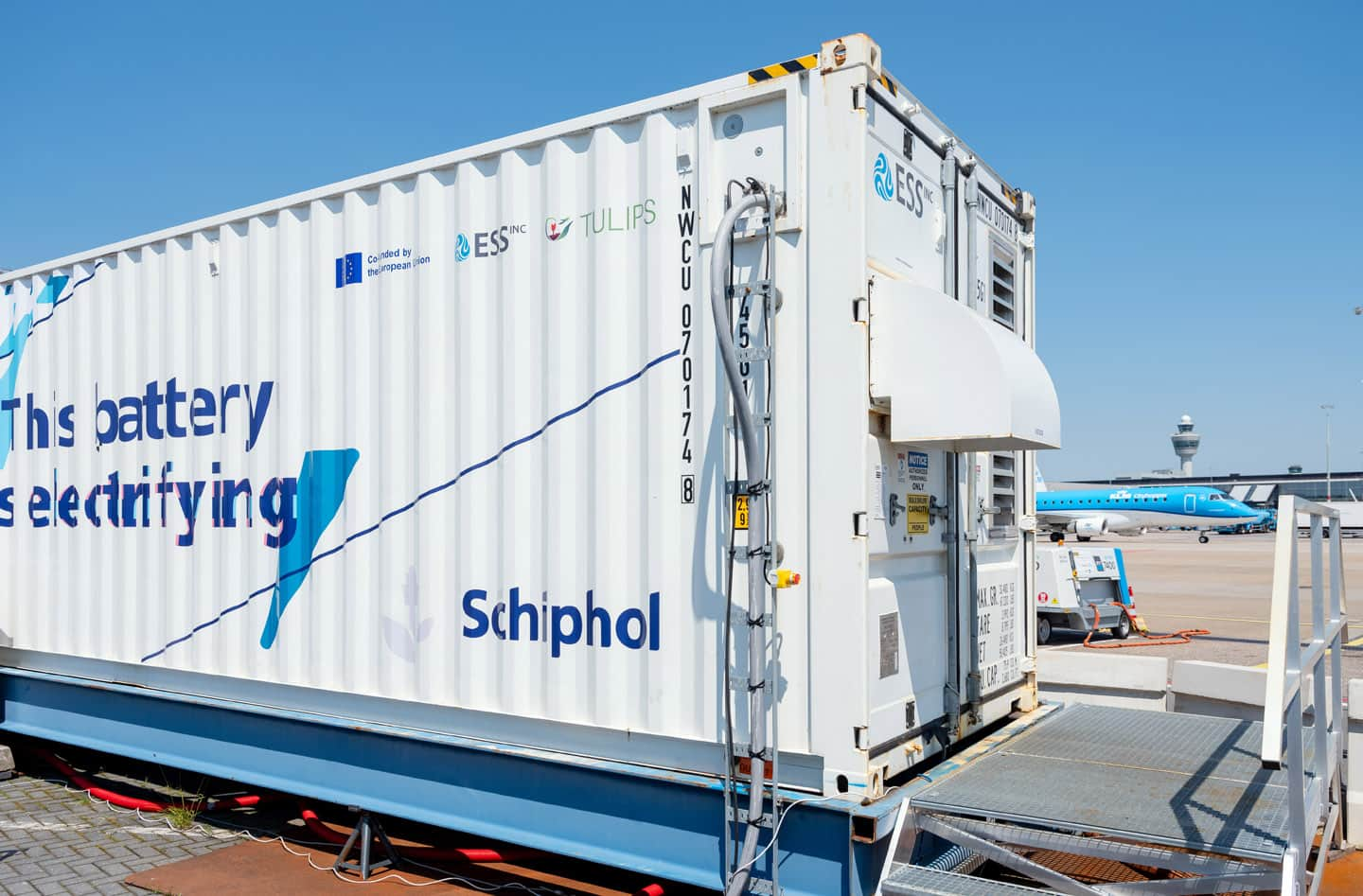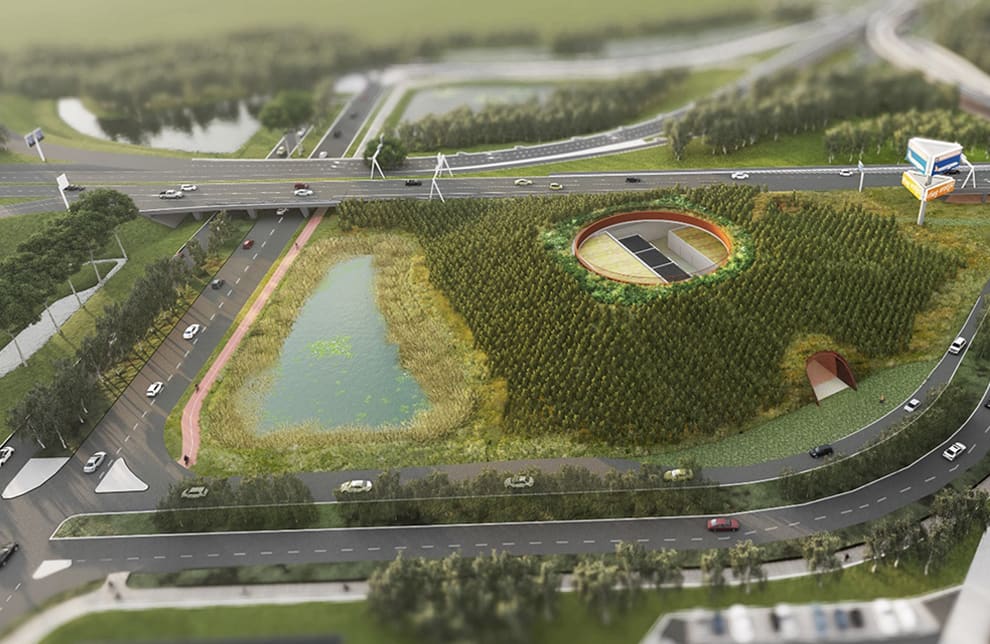M corridor undergoes sustainable metamorphosis
Sustainability was at the heart of the M corridor redevelopment. This is the corridor that connects Lounge 4 with M Pier. If you fly with easyJet, you walk through the M corridor on your way to the gate. Until recently, it was just a plain old passageway.

Recycled seats upholstered in e-leather
In recent months, the long and dark corridor has been transformed into a pleasant waiting area. The redesign demonstrates how Schiphol is working towards its ambition of becoming a zero waste airport in 2030 and fully circular in 2050. All seats in the corridor were previously used at Schiphol. They have been upholstered in e-leather, a kind of sustainable leather made from leather industry waste.
Planters and windmills made from an old Boeing 747
Other furnishings were produced sustainably too. The material used for the planters came from old Schiphol information desks and a KLM Boeing 747. These materials were also used to make the 2 windmills that you can use to charge up your mobile phone or laptop.
The story behind Schiphol and sustainability
A permanent exhibition about sustainability at Schiphol has been set up on the M corridor. Large stickers have been applied to several windows. These show how and where the passenger journey at Schiphol is becoming more sustainable.
Want to see how our circular furniture was made?
Read the previous blogs
-
Super battery being tested at Schiphol
Published on:Schiphol is the first airport with a special battery for extra electricity storage. Greater supply is needed for all the electric equipment.

-
Special high-voltage substation
Published on:New high-voltage substation contributes to one of Schiphol’s most significant sustainability goals: zero emissions in 2030.

-
More electric equipment
Published on:Most diesel generators have now been replaced by electric ones. Schiphol provides almost all planes parked at the gate with electrical power.
